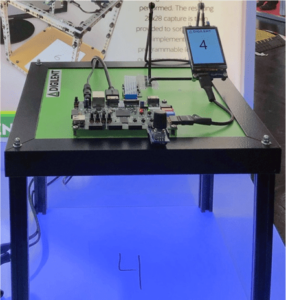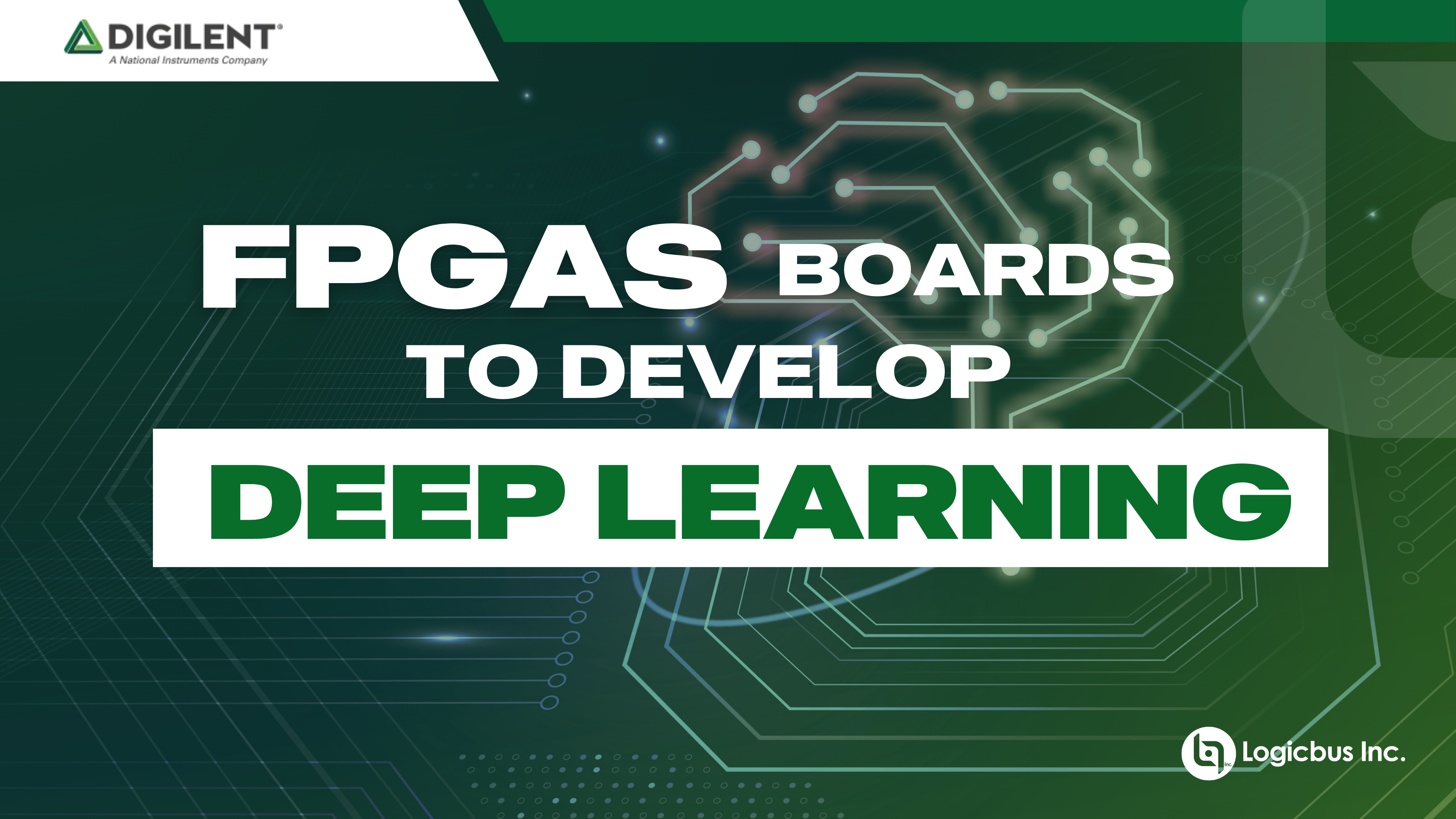Artificial intelligence (AI) has developed a great impact on our society in the last decades. With the development of tools to generate complete and highly personalized texts, ability to create images, videos and even replicas of real voices, artificial intelligence became a very powerful tool which has grown exponentially thanks to the technological tools available today.
Currently, various types of software and hardware are used to develop “Deep Learning“. Deep learning is a type of development and advanced learning used to create machines or programs with AI, and is currently used to train software for facial recognition, image and video development and even voice recognition and development. With Deep Learning we can make a software or machine able to receive data and samples from an object, person or animal, relate them to each other and draw conclusions by itself, very close to how our human reasoning works.
Among all the hardware tools to develop deep learning, the most common is to use a classic PC computer with a CPU, GPU and memory. This is enough to create a basic AI with deep learning.But for more concrete and demanding applications we need dedicated hardware with more processing power. With the recent boom in embedded technology, FPGAs are being used to develop deep learning to train software, but are they really good for this? Are they worth investing in for this application? What advantages do they have over ordinary computers with GPUs?
Why use FPGAs for Deep Learning?
A Field Programmable Gate Array (FPGA) board is an electronic circuit with reprogrammable logic gates. Unlike the CPUs and GPUs found in ordinary computers, FPGAs can be physically (hardware) configured to create any possible circuit and digital logic. This means that with an FPGA we can create more powerful and more task-specific CPUs and GPUs. This leads us to create a more efficient way to develop deep learning because with this type of cards we can create the perfect circuit with the necessary characteristics, unlike GPUs that already come factory configured in a specific way.
Advantages and disadvantages of using an FPGA board
Using FPGA cards to develop deep learning is usually a very good option to develop and train an artificial intelligence due to its high capacity of customization in its digital hardware configuration, but it also has limitations and some restrictions to take into account.
The advantages of using an FPGA card to develop AI with Deep Learning are:
- Great flexibility to reprogram its digital configuration to be able to develop different tests with ease.
- High data processing power and the possibility of running programs in parallel without problems since an FPGA board can be divided into multiple processing blocks.
- High data processing speed and lower latency than a GPU.
- Due to the flexibility in custom programming of FPGAs, we can streamline processes and reduce power consumption.
The disadvantages of using an FPGA board to develop AI with Deep Learning are:
- FPGAs require a high level of programming skills, so their implementation can become complicated without trained personnel and experts in the area.
- FPGA boards tend to be expensive compared to computing equipment with similar characteristics, but today there is a wide variety of inexpensive FPGAs capable of being used for deep learning.
- Lack of resources, libraries and official testing with AI as FPGAs are relatively new and there is not yet a large community of FPGA programmers.
Finally, what can we expect from an FPGA board to develop and train AI?
With an FPGA it is possible to train an AI in the same or even better way than a GPU as they offer good computing power and data processing, higher efficiency and power and also offer better data security.
As a case of success in this implementation, the manufacturer Digilent shows in their article “Handwritten Digit Recognition Using Artificial Intelligence on a Low-Cost FPGA Board” how they successfully implemented an artificial intelligence program with neural networks using Deep Learning to read and identify digits in textbooks using a low-cost Xilinx Zynq-7000 ARM/FPGA FPGA board (link to TV https://www.logicbus.com/410-351-10_p_33317.html).
 Xilinx Zynq-7000 ARM/FPGA FPGA board used to train an AI
Xilinx Zynq-7000 ARM/FPGA FPGA board used to train an AI
The result was positive and successfully allowed taking data via a camera from a textbook and displaying the results on a screen. This has a very good application for creating low-cost symbol reading and recognition systems in the future.

Low-cost system using a Digilent FPGA for digit identification




sales@logicbus.com | support@logicbus.com | +1 619 616 7350 | Start conversation

